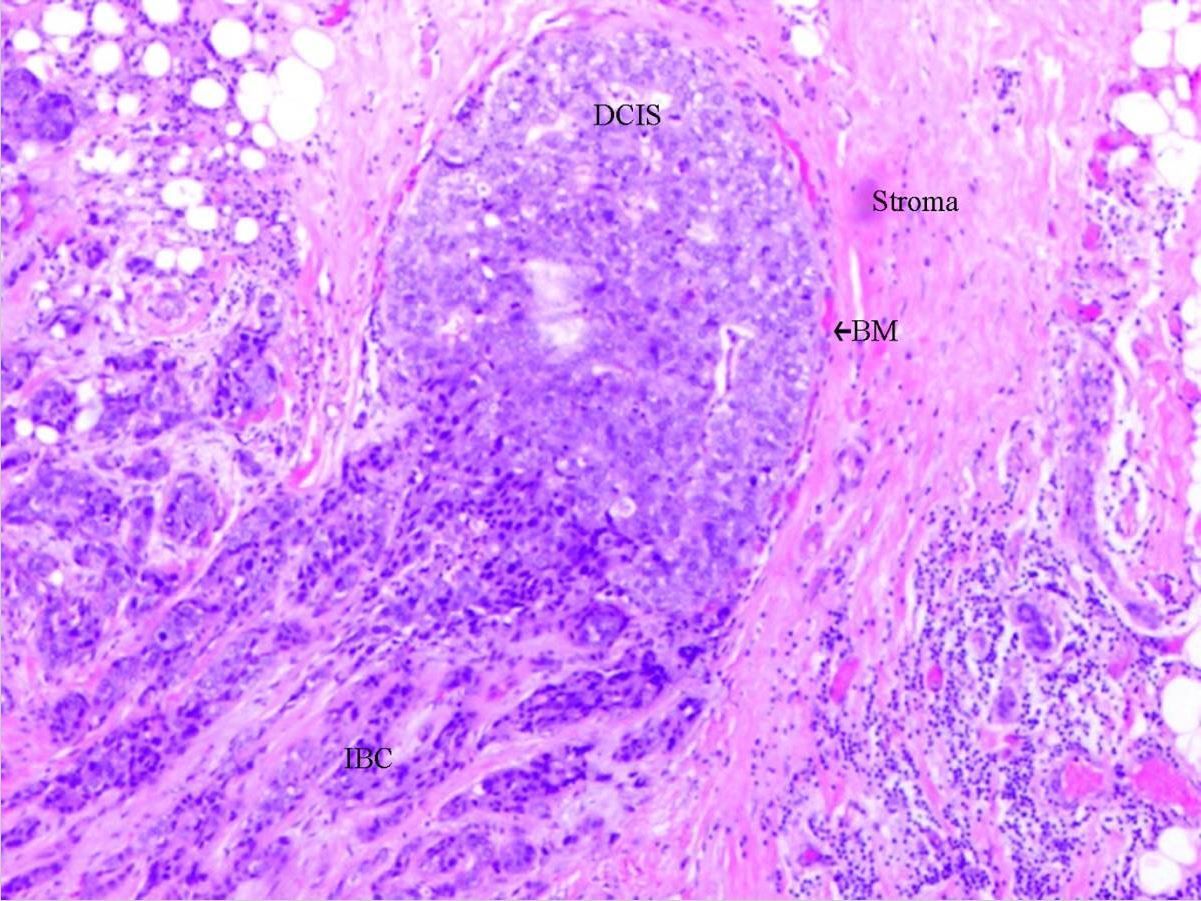Playlist
Show Playlist
Hide Playlist
Selective Estrogen Receptor Modulators (SERMs)
-
Slides GynecologicCareofWomenwithBreastCancer PathologyInfectionsNeoplasmsandScreening.pdf
-
Download Lecture Overview
00:01 Hi, today I'd like to talk about the gynecologic care of women with breast cancer. 00:06 But before I do that, I just wanna review some of the medications that we use to treat women with breast cancer There's a whole group of medications called Selective Estrogen Receptor Modulators or SERMs for short. 00:19 This is a class of synthetic compounds that actually interact with the estrogen receptor. 00:25 And so depending on what tissue they are interacting with the estrogen receptor, they have different effects - either agonistic or antagonistic. 00:34 And there is a different one, so first let's review what the structure of estradiol looks like. 00:40 So 17-beta-estradiol looks like this. 00:44 While Clomiphene citrate, another Selective Estrogen Receptor Modulator which is used for infertility ovulation induction looks like this. 00:53 And Tamoxifen which you probably heard of is used to treat breast cancer, at least Estrogen Receptor-positive breast cancer looks like this. 01:02 So hormones and Selective Estrogen Receptor Modulators work this way. 01:07 Hormones or the medications, the SERMs going to the circulation, they diffuse into a cell through the cytoplasm and into the nucleus to bind to the estrogen receptors, either estrogen receptor-alpha or estrogen receptor-beta. 01:22 These receptors then interact with the DNA within the nucleus and change transcription - that is the making of messenger RNA or mRNA. 01:32 The mRNA provides the message at the ribosomes to make proteins. 01:37 So let's now talk about breast cancer in the US Breast cancer is the most common noncutaneous malignancy among women representing 4 in 10 female cancer survivors in the US Long term survival is common after breast cancer with the 5-year survival rate being almost 90% which is very good news. 01:58 The most common malignancy that affects women younger than 45 is breast cancer. 02:04 So after surviving breast cancer, it's important to know how to take care of these patients. 02:10 So many patients who have Estrogen Receptor-positive tumors we give them Tamoxifen to downregulate estrogen within their breast tissue. 02:19 So again, to review, Selective Estrogen Receptor Modulators cmpete for the estrogen receptor and blocks the growth of ER-positive cancer cells. 02:31 They have mixed agonist and antagonist capability and they are most applicable in premenopausal patients so patients who are still reproductively capable. 02:43 It is currently recommended that treatment be extended from 5, now to 10 years. 02:50 Tamoxifen though does have risks. 02:52 There are increased risk of stroke, increased risk of endometrial cancer, blood clots, hot flushes which is commonly called in layman's terms "hot flashes", changes in menstruation, mood changes and increased triglycerides which can cause long-term cardiovascular problems. 03:13 There are another group of drugs that we use and those are called aromatase Inhibitors and they are more appropriate for the post-menopausal patient or a woman who's already gone through menopause. 03:24 So let's review how Aromatase Inhibitors work. 03:27 So steroidogenesis, that is the formation of steroids occurs with cholesterol going down a very long pathway that leads to androgens turning into estrogens through aromatase which is also abbreviated CYP19A1. 03:44 Aromatase inhibitors inhibit this enzyme so that there is less estrogen being made that is estrone or estradiol. 03:55 An aromatase inhibitors do have symptoms including vaginal dryness, decreased libido, decreased libido essentially means decreased sexual drive. 04:08 There's increased musculoskeletal pain and there's also increase in cholesterol which can cause long-term cardiovascular effects.
About the Lecture
The lecture Selective Estrogen Receptor Modulators (SERMs) by Lynae Brayboy, MD is from the course Gynecologic Pathology: Infections, Neoplasms and Screening.
Included Quiz Questions
Which part of the cell do the hormones bind to the estrogen receptors in selective estrogen receptor modulators?
- Nucleus
- Ribosomes
- Smooth endoplasmic reticulum
- Rough endoplasmic reticulum
- Lysosomes
Which of the following is NOT a reported side effect of Tamoxifen therapy?
- Hair growth
- Increased risk of endometrial cancer
- Hot flushes
- Increased triglycerides
- Mood changes
Which of the following is NOT a common side effect of aromatase inhibitors?
- Anorexia
- Vaginal dryness
- Decreased libido
- Musculoskeletal pain
- Cholesterol elevation
Customer reviews
5,0 of 5 stars
| 5 Stars |
|
5 |
| 4 Stars |
|
0 |
| 3 Stars |
|
0 |
| 2 Stars |
|
0 |
| 1 Star |
|
0 |





